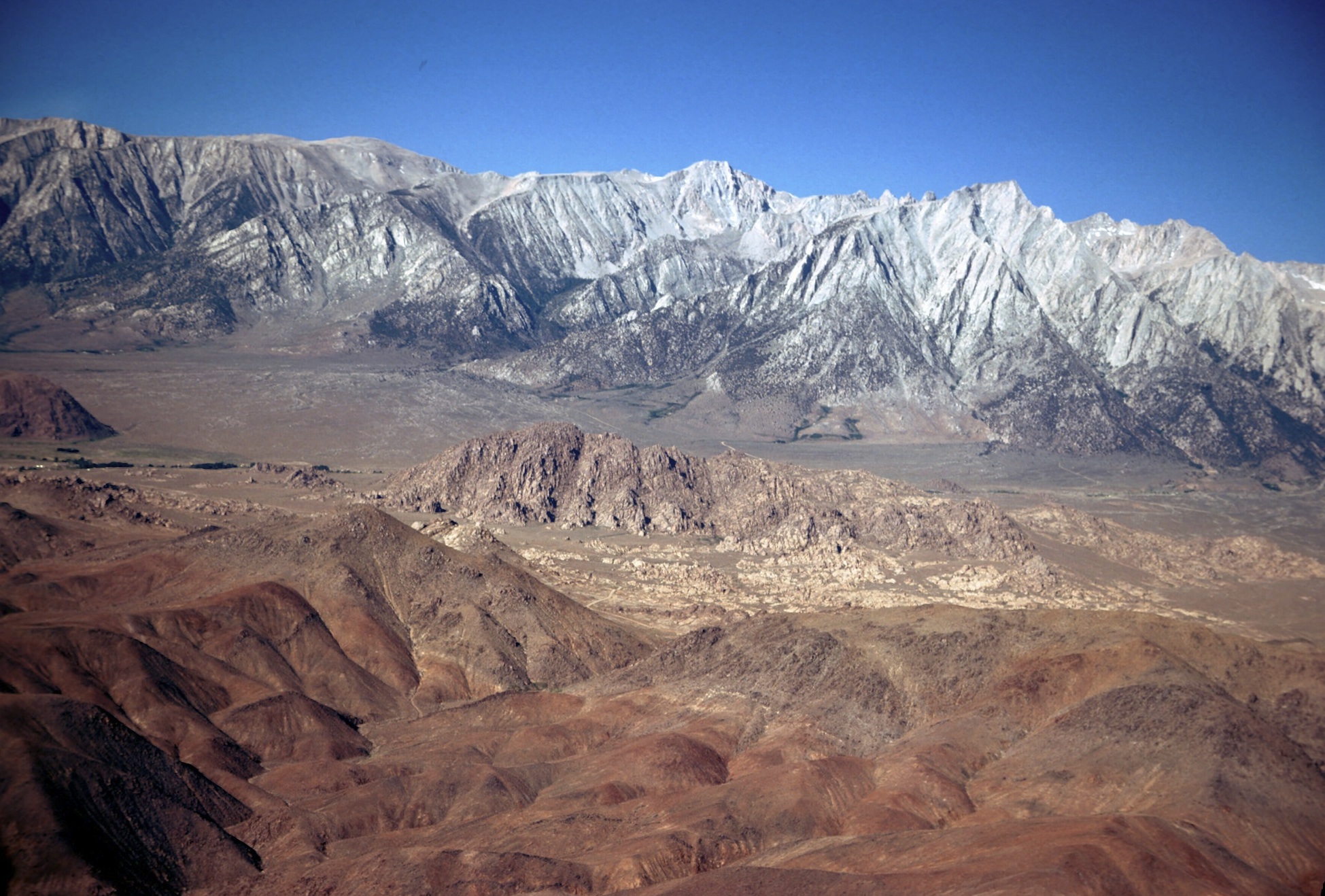Sierra Nevada Mountain Range Rises Rapidly

The Sierra Nevada mountain range in California and Nevada is rising at what scientists call a pretty good clip, geologically speaking: 1 to 2 millimeters per year. That’s roughly a half-inch every 10 years.
"The exciting thing is we can watch the range growing in real time," said University of Nevada, Reno's Bill Hammond, lead researcher on a long-term project studying the rise. "Using data back to before 2000 we can see it with accuracy better than 1 millimeter per year. Perhaps even more amazing is that these miniscule changes are measured using satellites in space."
The Sierra Nevada range includes the tallest mountain in the continental United States, Mt. Whitney at more than 14,000 feet. Around Lake Tahoe, the peaks are in the 10,000-foot range.
The amount might seem small, but the data indicate that long-term trends in crustal uplift suggest the modern Sierra could be formed in less than 3 million years, which is relatively quick when compared to estimates using some geological techniques.
The findings are detailed in the journal Geology.
Hammond and his colleagues in the University's Nevada Geodetic Laboratory and University of Glasgow use satellite-based GPS data and InSAR (space-based radar) data to calculate the movements to this unprecedented accuracy. The calculations show that the crust moves upward compared to Earth's center of mass and compared to relatively stable eastern Nevada.
The data may help resolve an active debate regarding the age of the modern Sierra Nevada of California and Nevada in the western United States. The history of elevation is complex, exhibiting features of both ancient (40 million years) and relatively young (less than 3 million years) elevation. The "young" elevation is the uplift Hammond and colleagues have tracked.
Sign up for the Live Science daily newsletter now
Get the world’s most fascinating discoveries delivered straight to your inbox.
"The Sierra Nevada uplift process is fairly unique on Earth and not well understood." Hammond said. "Our data indicate that uplift is distributed along the entire length of the 400-mile-long range, between 35 and 40 degrees north latitude, that it is active, and could have generated the entire range is less than 3 million years, which is young compared to estimates based on some other techniques. It basically means that the latest pulse of uplift is still ongoing."
Possibly contributing to the rapid uplift is the tectonic extension in Nevada and a response to flow in the mantle. Seismologists indicate the mountain range may have risen when a fragment of lower plate peeled off the bottom of the lithosphere allowing the "speedy" uplift, like a ship that has lost its keel. In comparison, other ranges, such as the Alps or Andes, are being formed in an entirely different process caused by contraction as two plates collide.
"We've integrated GPS and InSAR measurement techniques, drawing from experience we developed in the past five years in our work with tectonic deformation, to see how the Sierra is gradually being pushed upwards," Hammond said. "Combined with more GPS stations, and more radar data, detecting motions in the Earth is becoming more precise and ubiquitous. We can see the steady and constant motion of the Sierra in addition to episodic events such as earthquakes."
Funding was provided by the National Science Foundation and NASA and by the Natural Environment Research Council in the United Kingdom.










